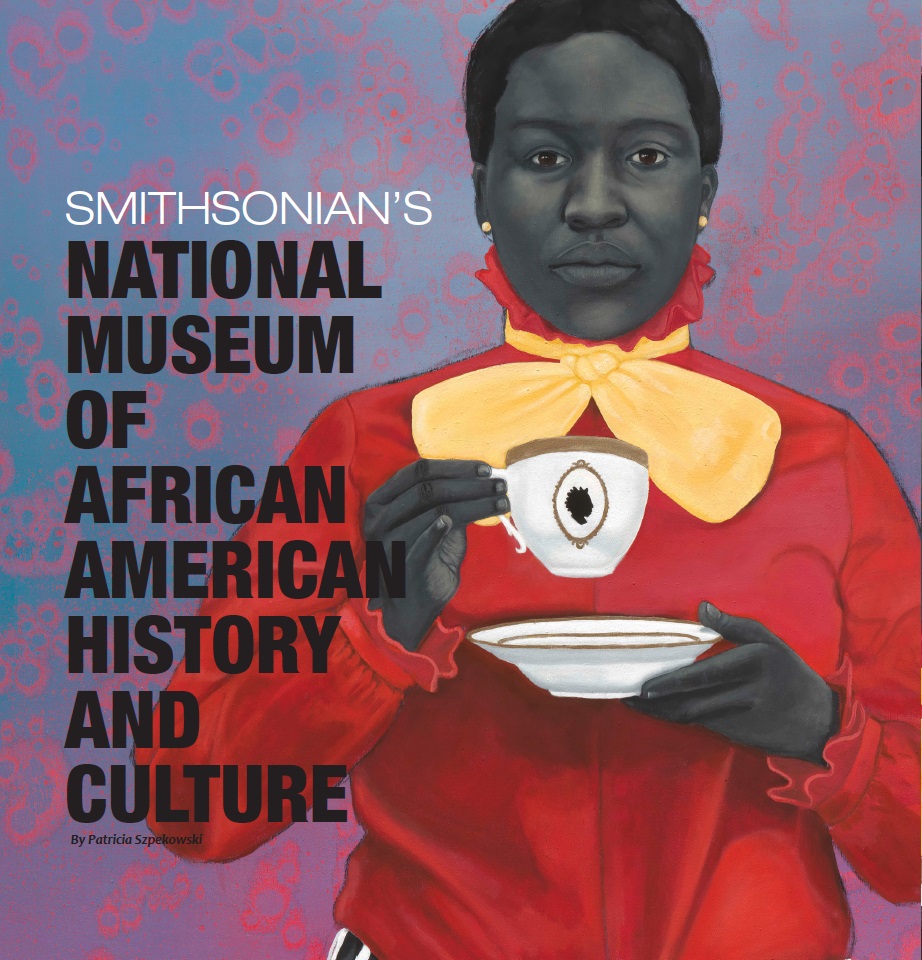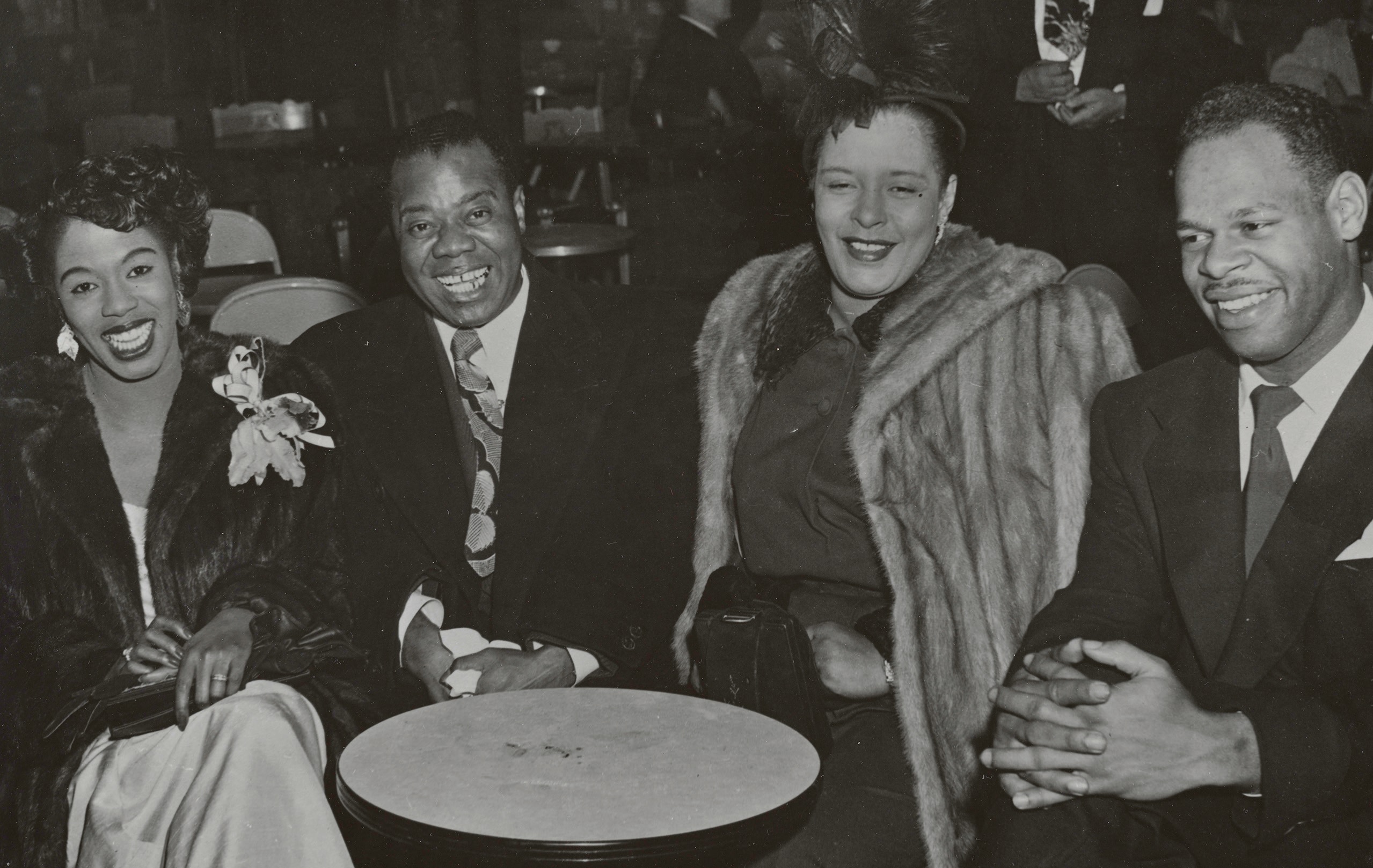
By Patricia Szpekowski
Its triumphant opening on Saturday, September 24, 2016 with a dedication ceremony and ribbon cutting by President Barack Obama, our nation's first African American President, illuminated the significance of this extraordinary event that will be remembered for generations to come.
President Obama was joined by our nation’s legislators, thousands of citizens and supporters from the United States and abroad to witness this historic occasion. President George W. Bush first signed the African American History and Culture Act in 2003, so the design, assembly and curation of historic artifacts could begin. Some notable members of the Museum Council include former First Lady, Laura Bush, former Secretary of State, General Colin Powell, OWN Chairman and Chief Executive Officer, Oprah Winfrey, Black Entertainment Television (BET) founder, Robert E. Johnson, Grammy award winner, Quincy Jones, along with museum’s founding director, Lonnie Bunch.
Standing at a striking 400,000 square-feet, the Museum structure is positioned on the last remaining undeveloped museum site on the National Mall in close proximity to the Washington Monument. Its strategic location and design subtly portrays the past, present and future of the African American experience in ways that are both tangible and symbolic.
The NMAACH stands center stage as the natural spotlight highlights the beautifully crafted, three-tiered glass and bronze-colored metal lattice design. Throughout Washington, most of the other museums and monuments are predominantly cast in white marble or concrete and reflect light. The structure’s glory is in its ability to reflect, absorb, and shine, rendering iridescent rays unlike the standard white marble or concrete which typically stays the same. The aluminum panels pay homage to the intricate ironwork that was fashioned by enslaved African American craftsmen in Louisiana, South Carolina and elsewhere.
The architecture is manufactured in a way that allows the sunlight to casts its soft glow on the interior and upper floors, providing illumination on the various exhibits. Ironically, the sunlight is symbolic of the fact that the museum aims to shed light on certain topics, thus creating a conversation about race in hopes of promoting restoration and reconciliation. As the natural light reflects off the structure’s metallic frame, it will serve as an example reminding everyone of what was, what challenges are still relevant, and what we as a nation can aspire to become. Museum Founding Director, Lonnie G. Bunch III describes it saying, “This building will sing for all of us.”
The architectural team of Freelon Adjaye Bond/SmithGroupJJR, and lead designer Tanzanian born David Adjaye, were awarded the honor to design the new Smithsonian Museum through an international selection process. The vision was to envelope the African American’s journey from its exterior to the carefully designed interior exhibit-hall to mirror what he calls a “spatial narrative” of having the building itself tell the story. The story develops at the ground level with the heart-rending history and as the exhibits progress, the rising floors unveil culture. The layout depicts and describes early pains and struggles, while maintaining a sense of future optimism.
The inverted pyramid form is meant to recall a motif in African sculpture and is inspired by Yoruban caryatids, the traditional wooden sculptures of female figures found in West Africa that are often topped by box-shaped crowns. The building’s exterior primary feature and main entrance is a welcoming “porch” that has architectural roots in Africa, especially the American south and Caribbean. Often times, in many African American communities, porches served as a meeting place which embodied southern hospitality. The large porch extends a welcome gesture to visitors of all kind and serves to orient visitors to its entrance within the geometric structure. It is “the first forecourt on the Mall that will have a shaded respite”, according to architect Adjaye.
The interior is encased with symbolism. It spans nine floors with five levels above ground and four below to offer a strong historical and emotional journey. Every aspect of the African American experience unfolds before its viewers — from slavery in Africa, to the role played by black patriots in the American Revolution, the “Segregation Era” and from the Civil Rights movement to today.
Amongst the historic displays and artifacts depicting the African American’s struggles and triumphs are exhibits that spotlight the significant black presence in the military, sports, arts, music and the entertainment industry. It is a place where all Americans can witness and learn about the richness and diversity of their history — a place that binds and unites the American experience and lives on without boundaries of race and culture.
The museum features a series of openings, or lenses, throughout the exhibition spaces that frame views of the Washington Monument, the White House and other Smithsonian museums on the National Mall. By peeking through these framed perspectives, visitors are reminded that the museum presents a view of America through the lens of African American progress.
The journey to the exhibits throughout the museum is meant to be experienced from the bottom up. The stunning ground floor lobby entrance beckons the visitor to avail him or herself to the experience of embracing our nation’s difficult history with the optimism of hope.

The museum opened with 11 inaugural exhibitions that focus on broad themes of history, culture and community. The exhibits on the two belowground floors tell the long and brutal story of Africans in America, from the early origins of the Atlantic slave trade in the late 15th century. Using raw and emotional displays, the exhibits include records of slave ships, and the staggering number of those who perished. There are displays of wreckage from a Portuguese ship that sank off the coast of South Africa in 1794 and shackles found at the wreckage site. Over 400 slaves on board were killed.
The underground spaces also include a Jim Crow-era Southern Railway Car and an Angola prison guard tower. These large exhibits have found a permanent home at the museum. Because of their size, they were carefully placed into the museum as construction began.
Going into modern times, there are remembrances from the Civil Rights movement — a time of protests and change.
The museum also features some of the more than 40,000 artifacts it has collected through the generosity of many donors since the legislation establishing it was signed in 2003. The treasured objects include: badges, banners, Bibles, buttons, drawings, dresses, letters, newspaper clippings, photographs, quilts, and more.
They depict the documentation of African American life, history and culture, spanning decades, and global influences. There are opportunities to explore and revel in the African American history through interactive exhibitions including an area to record your own history.
The museum’s collections are vast. They are designed to illustrate the major periods of African American history, including: a segregation-era Southern Railway car c. 1920, Nat Turner’s Bible c. 1830s, Michael Jackson’s fedora c. 1992, a slave cabin from Edisto Island, S.C. plantation c. early 1800s, Harriet Tubman’s hymnal c. 1876, and works of art by Charles Alston, Elizabeth Catlett, Romare Bearden and Henry O. Tanner.
The upper level exhibits of history, culture and community galleries warrant even more time to soak in the vastness of black contributions to every aspect of American culture, including education, business, visual and performing arts, and sports. The depth of each gallery’s themes runs across all aspects of culture from Slavery and Freedom and A Changing America to Musical Crossroads and Military History.
There is an extensive sports exhibit on the third floor that is enveloped with history-making moments in sports with statues of Jackie Robinson sliding into home plate, Michael Jordan hitting a fade away jump shot and Serena and Venus Williams in a doubles match. The exhibit houses a small theater with three rows of seats to allow patrons to view a short film about the rich history of African Americans in baseball.
As the museum ebbs and flows to be current, the recent accomplishment of Simone Manuel, the first African-American female swimmer to take home an Olympic gold medal in an individual event, has also been recognized.
“After 13 years of hard work and dedication on the part of so many, I am thrilled that we have this good news to share with the nation and the world,” said Burch. “Visitors will walk through the doors of the museum and see that it is a place for all people. We are prepared to offer exhibitions and programs to unite and capture the attention of millions of people. It will be a place for healing and reconciliation, a place where everyone can explore the story of America through the lens of the African American experience.”
“The National Museum of African American History and Culture furthers the Smithsonian’s commitment to telling America’s story in all its dimensions,” said David Skorton, Smithsonian Secretary.
The extensive National Museum of African American History and Culture website at nmaahc.si.edu provides a vast amount of information to explore, connect and learn. It is filled with engaging stories and interpretations of the powerful collections.
Entry to all Smithsonian museums in Washington, D.C. is free. Visit the National Museum of African American History and Culture website at nmaahc.si.edu.